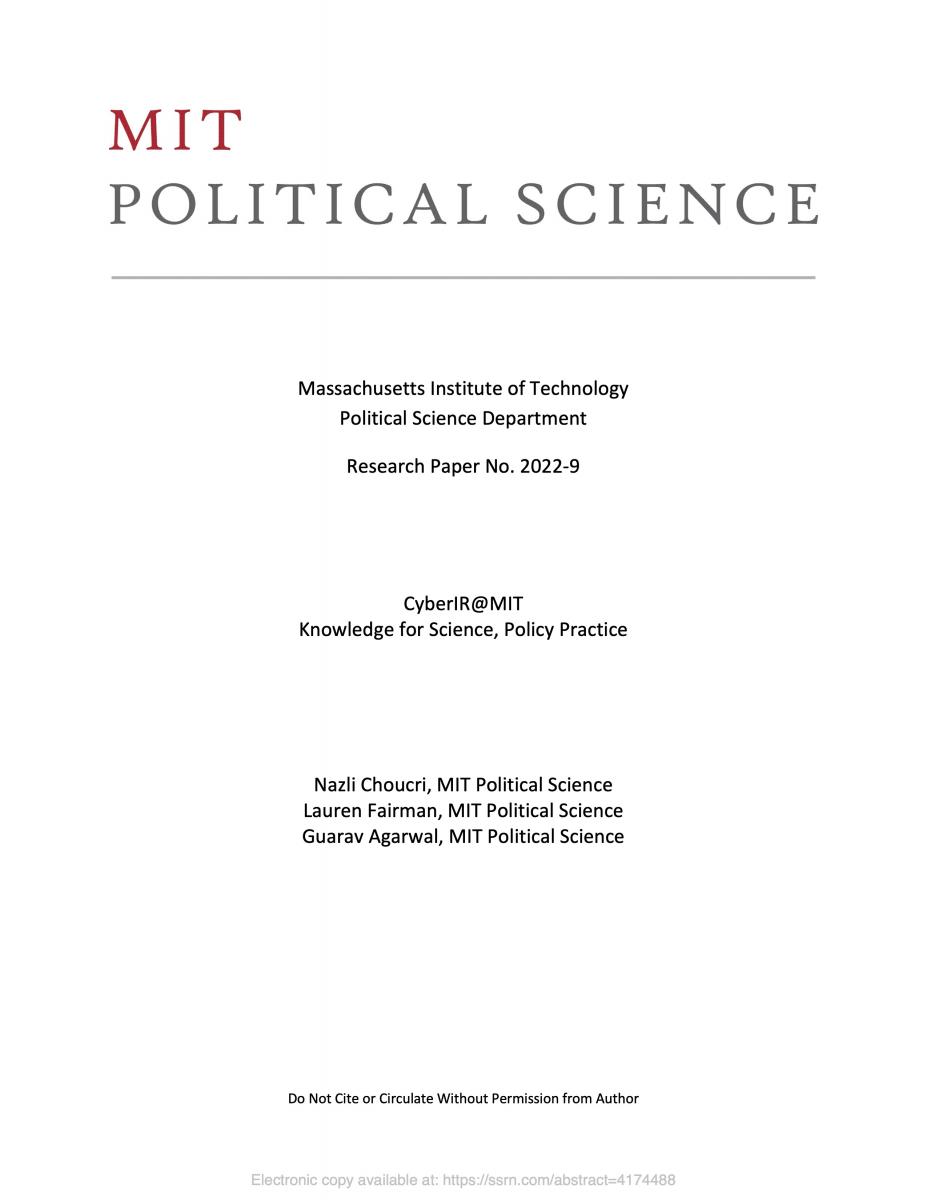URL:
Abstract:
During the early stages of hacktivism, hackers were considered to be individuals who found vulnerabilities in the system to exploit said vulnerabilities for illicit gains. However, more recent events indicated that hackers form coordinated groups to exploit vulnerabilities in financial institutions and the public for monetary gain. This article discusses the evolution of cybercriminal management structures based on criminal business models. Legal cases of computer theft were reviewed to document the external exploits of hackers and the methods used to deal with prosecution by legal authorities in the United States. Unlike traditional organized crime networks in Eastern Europe built off of “family” relationships, cybercriminal networks are designed to dissolve quickly and are based on knowledge relationships. As cybercriminal networks grow, their complexity will increase with respect to their organizational and management structures.
Year:
2015



